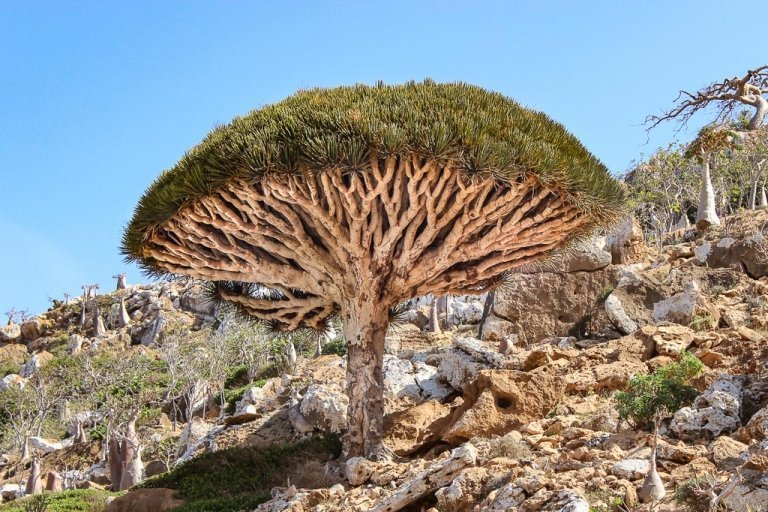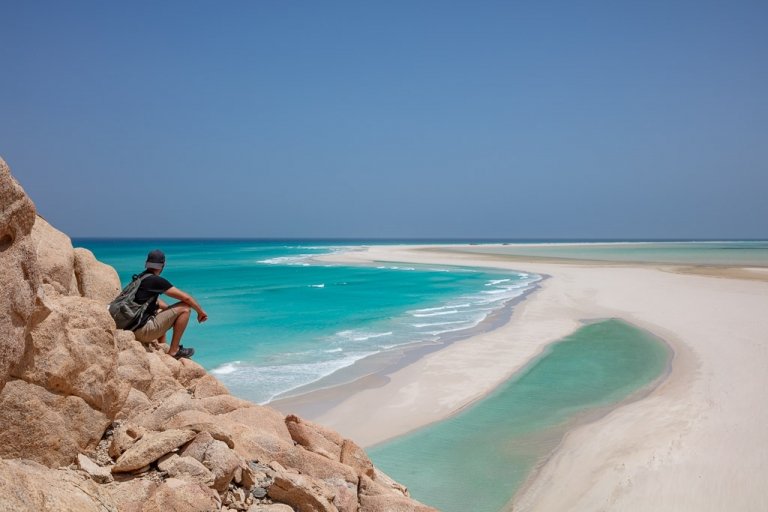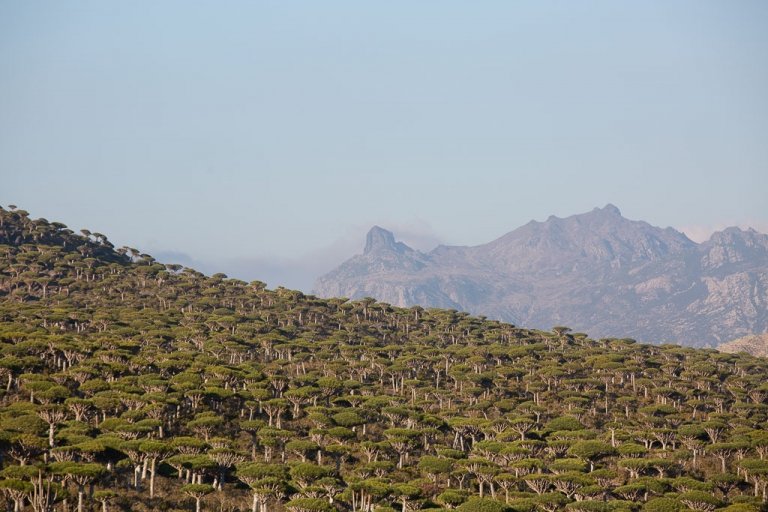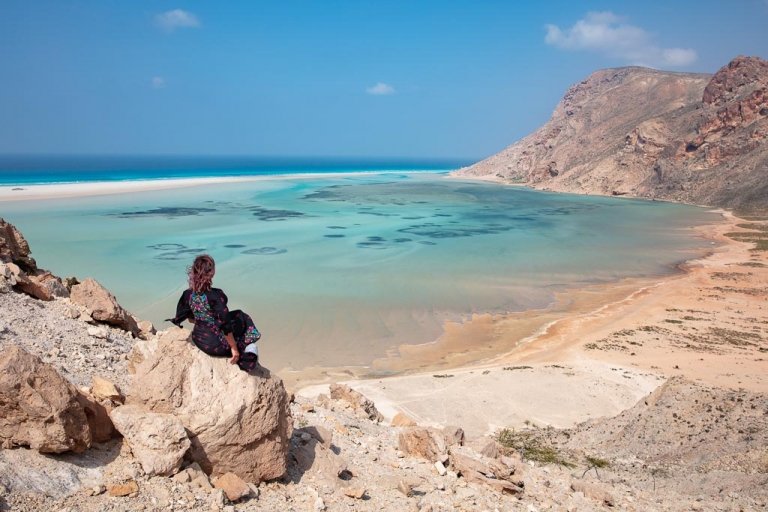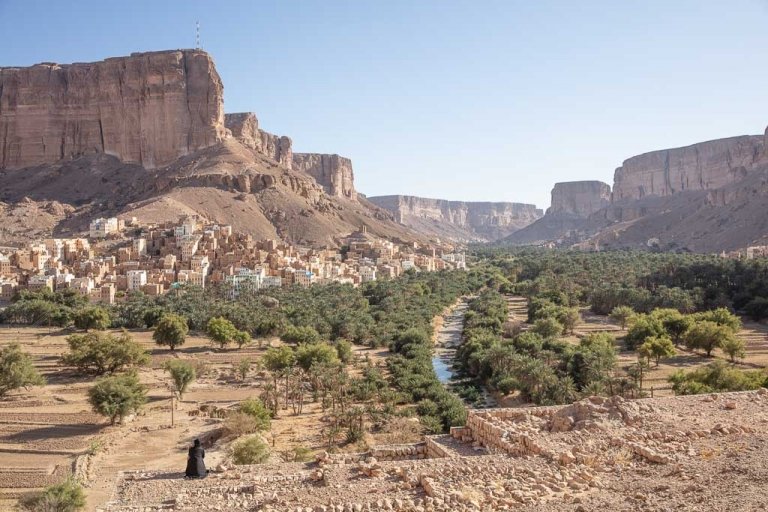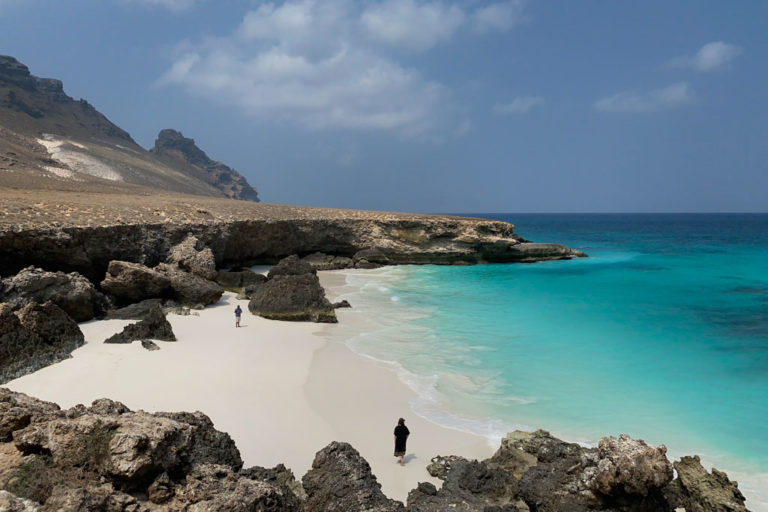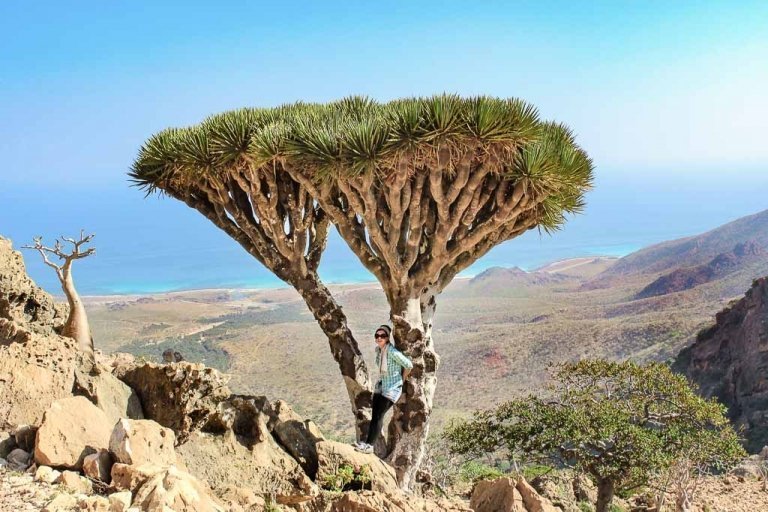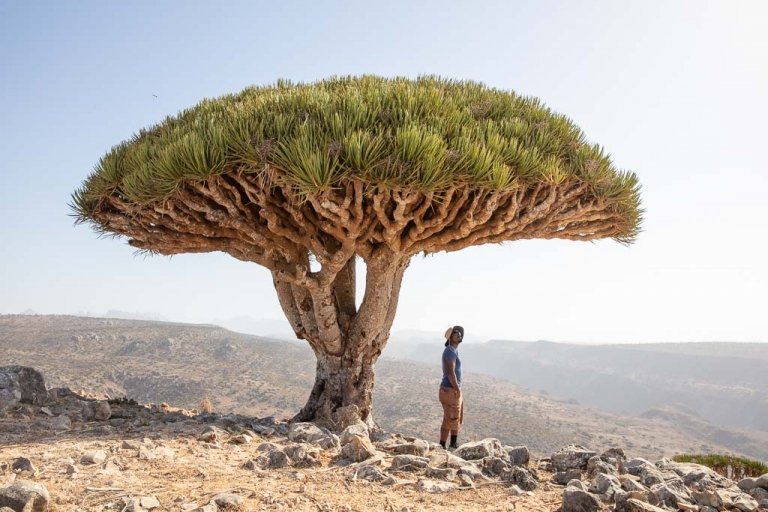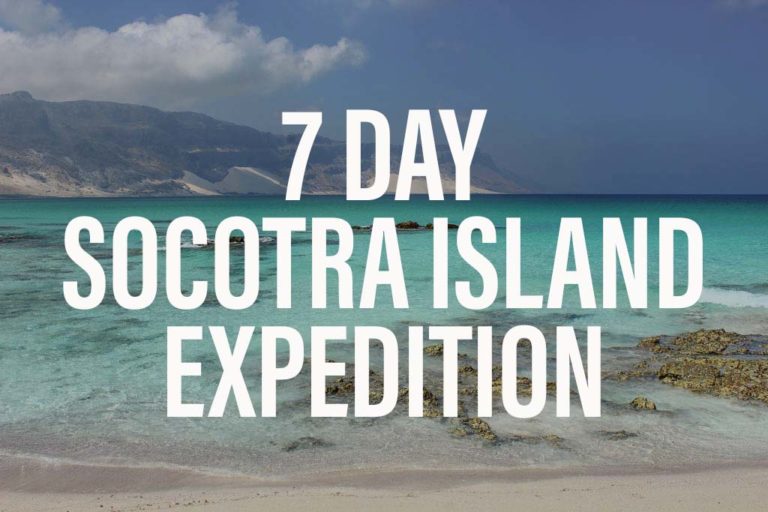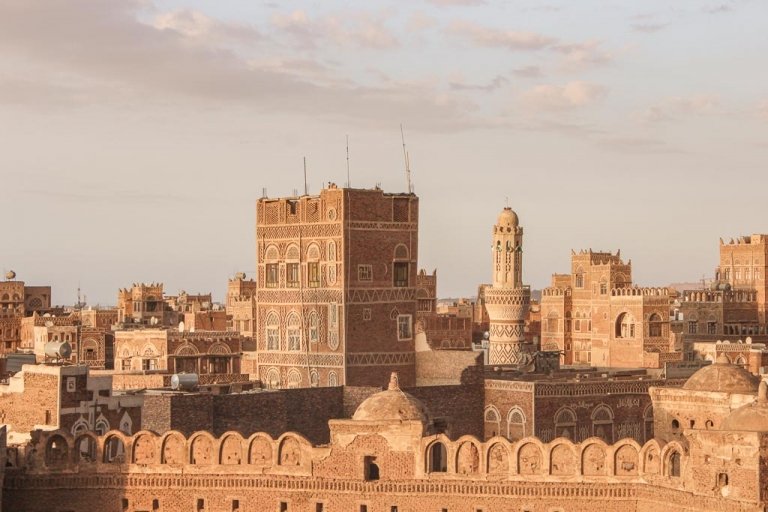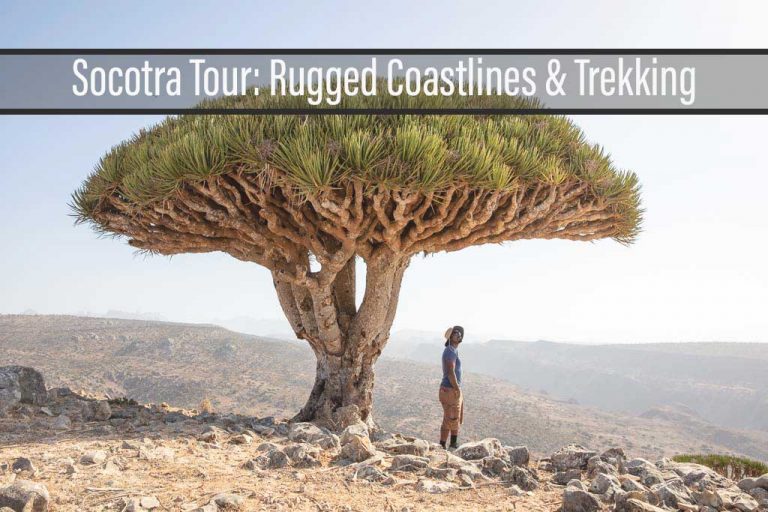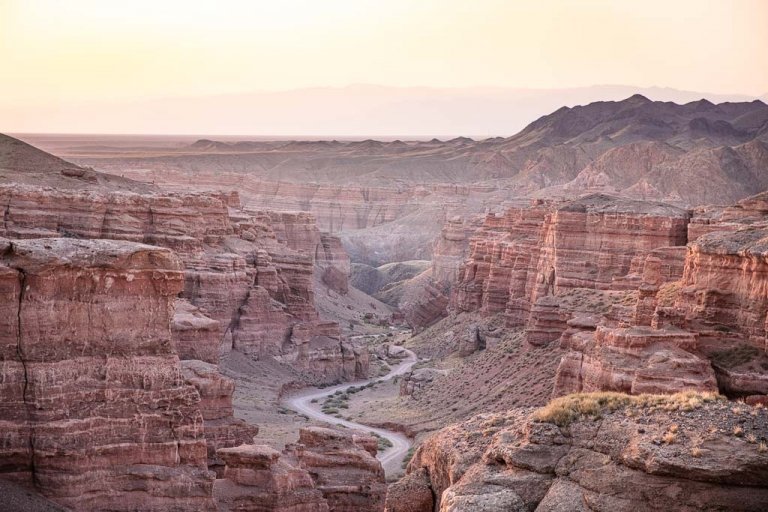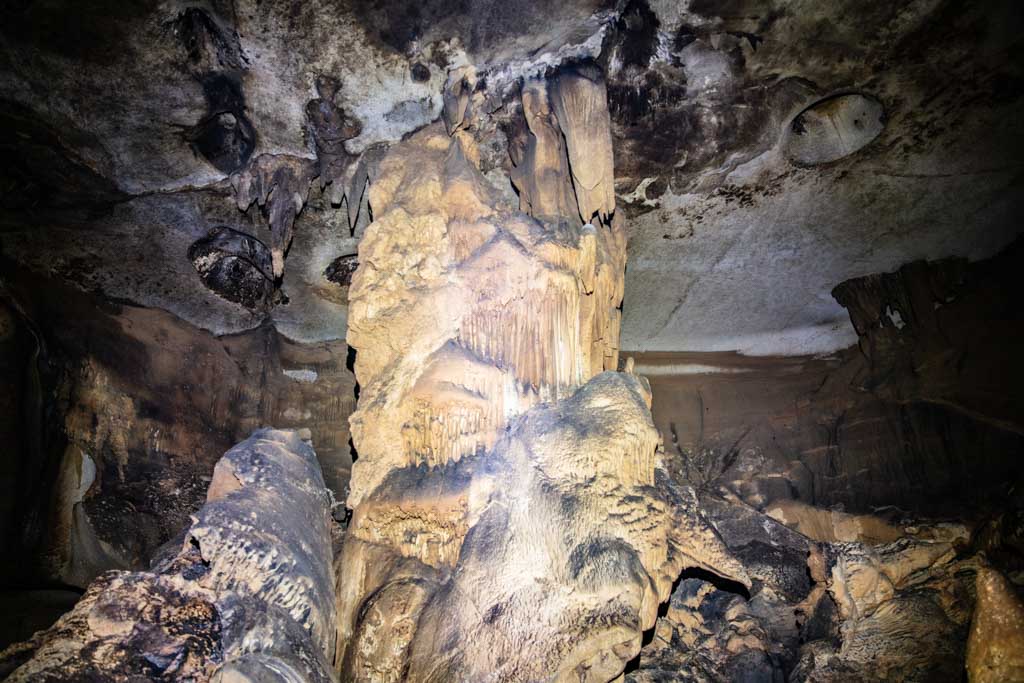
Ancient Rock Art in Dahaisi Cave, Socotra
Ancient Rock Art in Dahaisi Cave, Socotra was originally published in October 2023.
I’ve had the privilege to spend a lot of time in Socotra, far more than the average foreigner who comes out to explore the unique island. On my most recent trip, I was able to finally make the time to locate and visit Dahaisi Cave, a place known for its exceptional ancient rock art panel.
Well, I shouldn’t say known. Almost nobody knows about it.
I had pried about Dahaisi Cave on previous visits and no one really had an answer as to where it was, usually just blank stares of confusion.
But I had read a research report years past, so I knew it was out there, somewhere.
So there I was, sat with my friend Ali, a guide who I’ve worked with on previous Socotra tours at a cafe on the side of the road out in Mori near the airport, sipping qawa with a sheesha pipe bubbling on the floor next to us. Both of us were on our phones scouring the internet with what we could find with our snails-paced 3G connections.
I found the research paper and got some photos to load, and a rough location stating that they were somewhere on Momi Plateau (I had remembered it was somewhere on Momi) but with somewhat vague descriptions as to where.
Soon we were on WhatsApp and making phone calls and voile- we found the location of the cave and the locals who knew the route.
So really all it needed was a little persistence and some slow internet.
Ali got off the phone and looked up at me and said “We get there from Homhil.”
Homhil?
I remembered reading a paper on it stating Dahaisi Cave was on the Momi Plateau and Momi had always stayed burned in my mind, so hearing Homhil as our access point threw me way off course.
It also led me to believe we were going to be in for a very long trek to get there.
Need Travel Insurance and Evacuation Services for Socotra?
Start shopping for travel insurance plans over at IATI Insurance. Readers of the Adventures of Nicole get a 5% discount off your plan.
The Adventures of Nicole partners with Global Rescue to offer the world’s leading medical evacuation and security advisory services. To travel with peace of mind, shop evacuation coverage at Global Rescue.
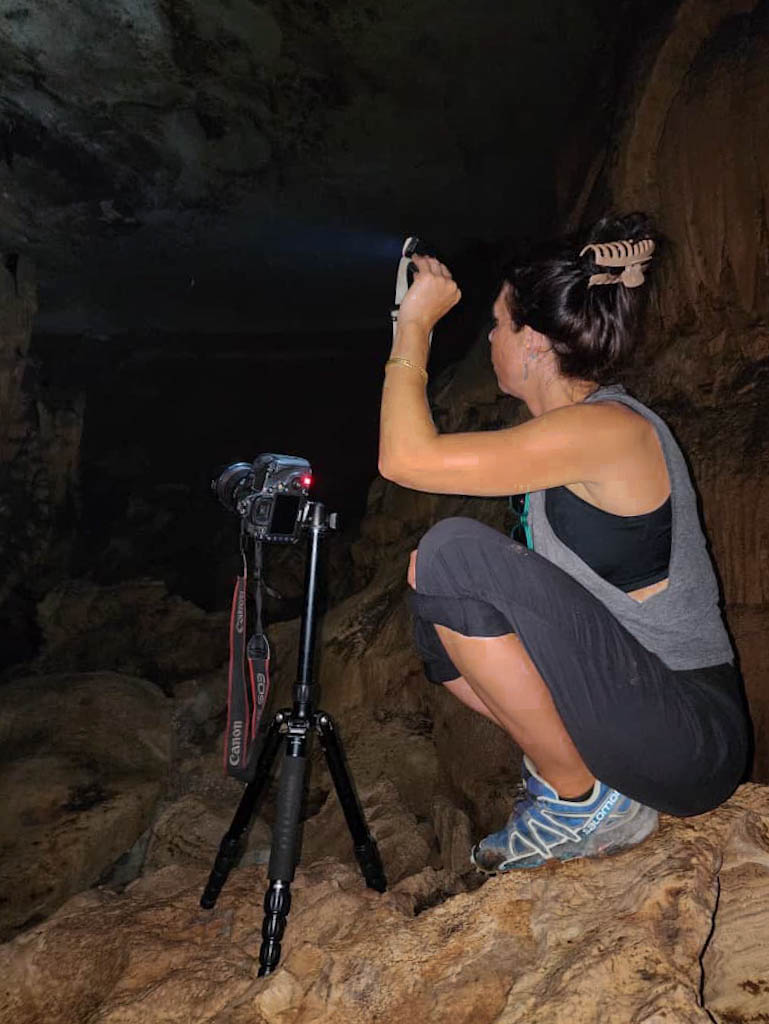
Getting to the Start of the Hike to Dahaisi
The next morning we took off toward Homhil, a protected area renowned for its plant life and a natural infinity pool that overlooks the Arabian Sea (that sadly due to some crack in the rock beneath it was nearly empty by April 2023).
We bumped up a rough jeep track, finally reaching a small settlement called DiManudab, where a boy who looked to be maybe 12 years old popped out and greeted us. He knew the way to Dahaisi.
This was a side of Homhil I’d never been to before, on the opposite side of the broad valley I’d visited many times in the past.
We continued up a few kilometers further from the boy’s house, stopping off in a spot on the south side of the Homhil Valley.
A surprise rainstorm started as the car had come to a stop, you know, one of those where the sun is shining through the mist.
Hiking to Dahaisi Cave

I had always imagined it would be more of an expedition getting to Dahaisi since seemingly no one knew about it and so few people visited it in the past.
But it was a hike that only took about 45 minutes to reach the opening of Dahaisi Cave, well an hour if you count the stop for the guys to get in a cheeky prayer next to an oasis of date palms (it was Ramadan, after all).
We made our way up toward a limestone outcrop on the south side of Homhil gradually gaining a little altitude and before long we stood atop the outcrop that looked like a cliff from a distance (it was less than 300 meters up to reach the top).
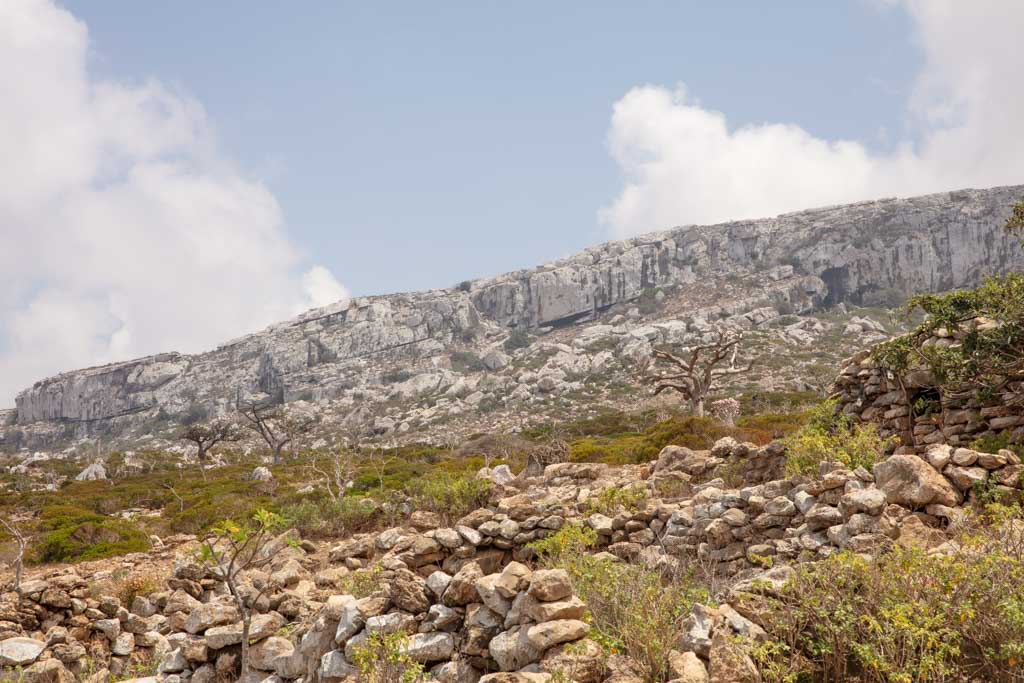
Continuing south across the top of the limestone outcrop, we had crested over onto the Momi Plateau, a part of the plateau I’d never been to before.
We were surrounded by aloe vera plants on the other side of the massive limestone tablet we had just walked across.

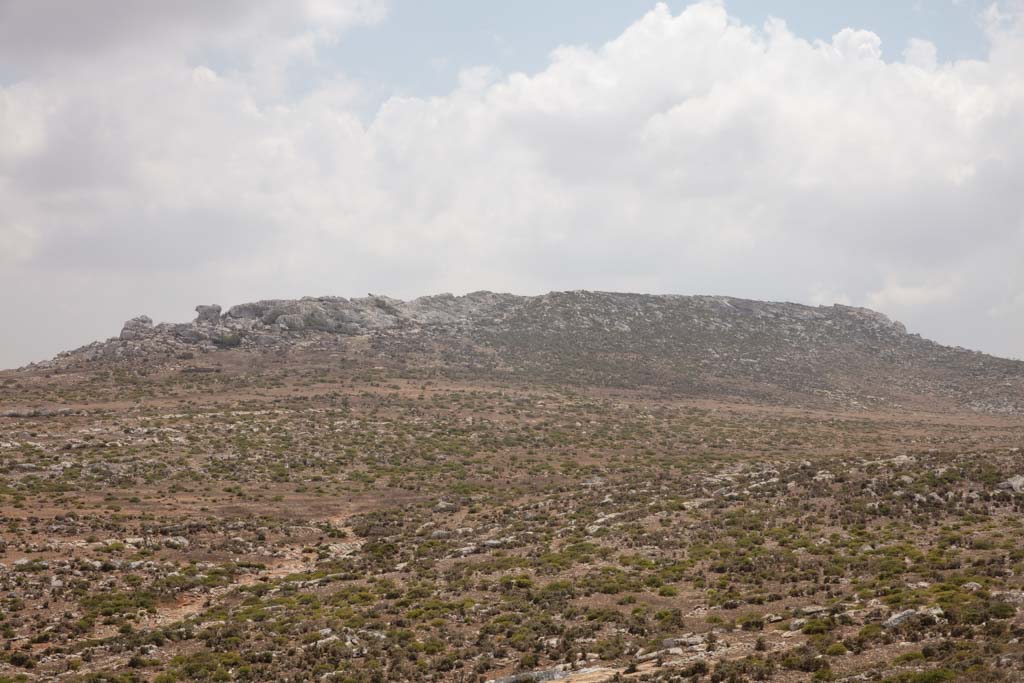
Just a short distance later we were at the entrance of Dahaisi Cave, which faced to the south and had trees growing all around it, somewhat cloaking its opening.
Needless to say, I’d probably have never found this place if I was on my own.
Climbing into Dahaisi Cave
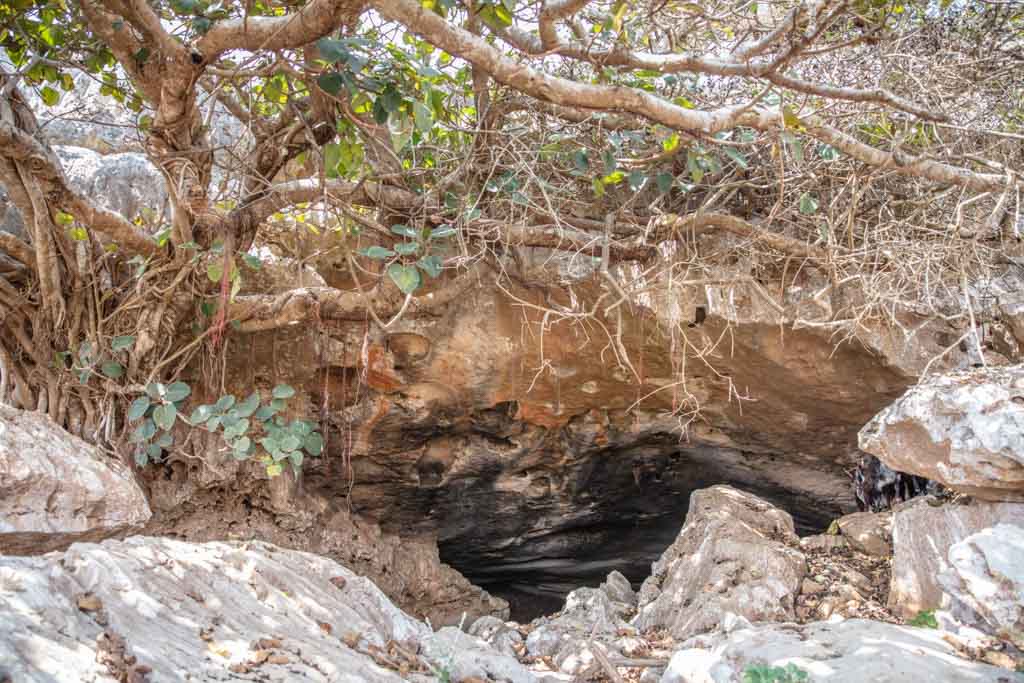
We stood there at the 5 meter high and 10 meter entrance to Dahaisi, taking a break before starting our spelunking adventure into the (somewhat) unknown.
The entrance to Dahaisi Cave looks pretty shallow at first glance but a tip of the head toward the right reveals a long chamber that extended about 50 ish meters before bending to the left around a corner.
Part of the way along this chamber we finally had to flock our headlamps on.
The next section was fairly short at around 15 meters before turning right into another chamber that went on for around 40 meters.
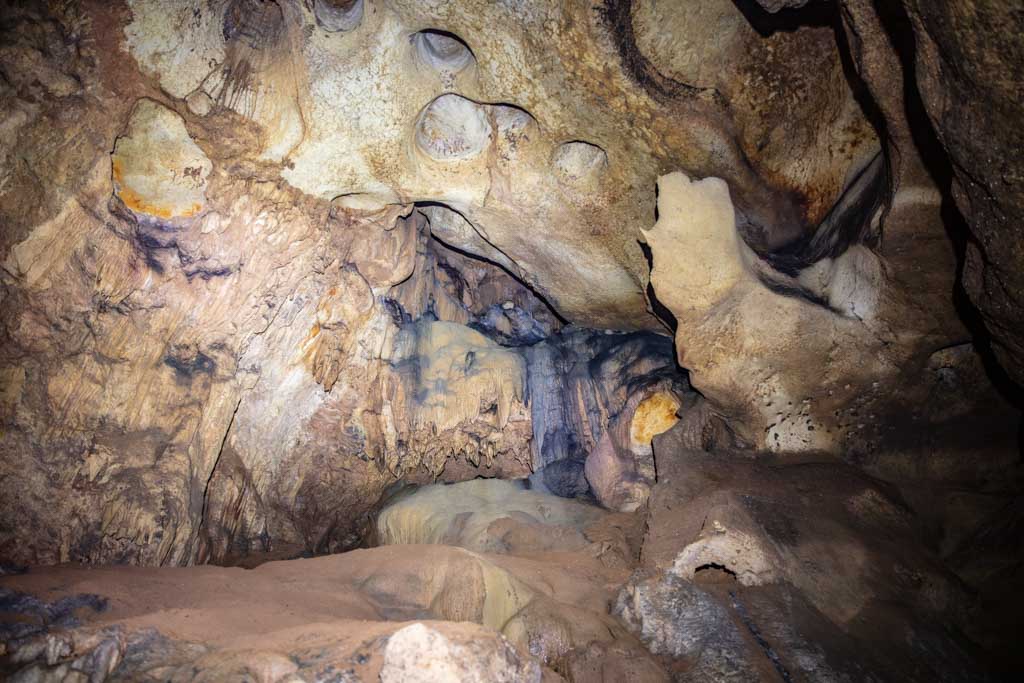
Later, after having seen the map made by the Socotra Karst Project, there are two rock art pieces in this section that we didn’t see, despite having slowly made our way to the extremity of Dahaisi Cave.
One if a geometric pattern according to the report and the other is Arabic inscriptions.
At the next corner, the chamber bent to the left into a short 10 meter section before again taking a turn to the left.
At this point, the floor of the cave began to get a bit more slippery, and descended a bit into what felt like a round chamber room with a massive rock pillar that extended from floor to ceiling.

Ancient Rock Art Inside Dahaisi Cave
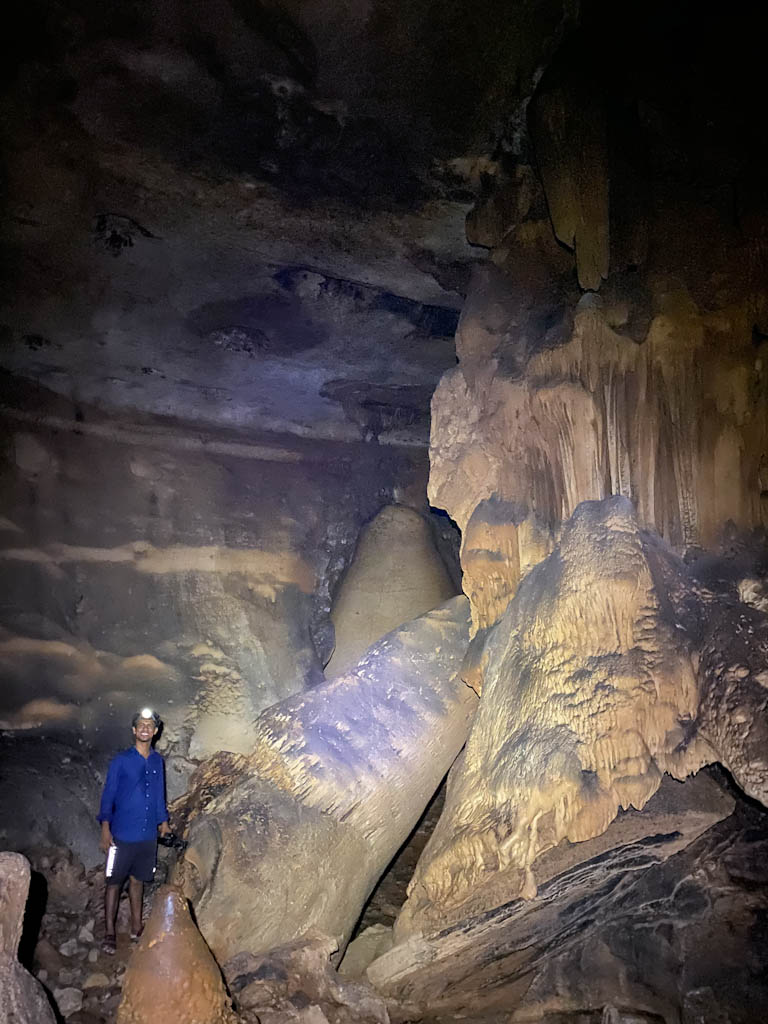
Continuing beyond this pillar we were led to a ledge that we had to crudely rock climb down to get into (which was a little tricky for a couple of short people heading down in here).
This is the final section of the cave and can be described as a sump where the best of the Dahaisi Cave rock art can be found.
There were some small puddles of water down there as we approached the wall where the most inscriptions are found.
We could see what looked like two human-like figures with long legs or maybe they were something riding atop an animal, or maybe even they were some form of a therianthropic half animal half human creature. Either way, the larger one appears to be on a ship sailing somewhere.
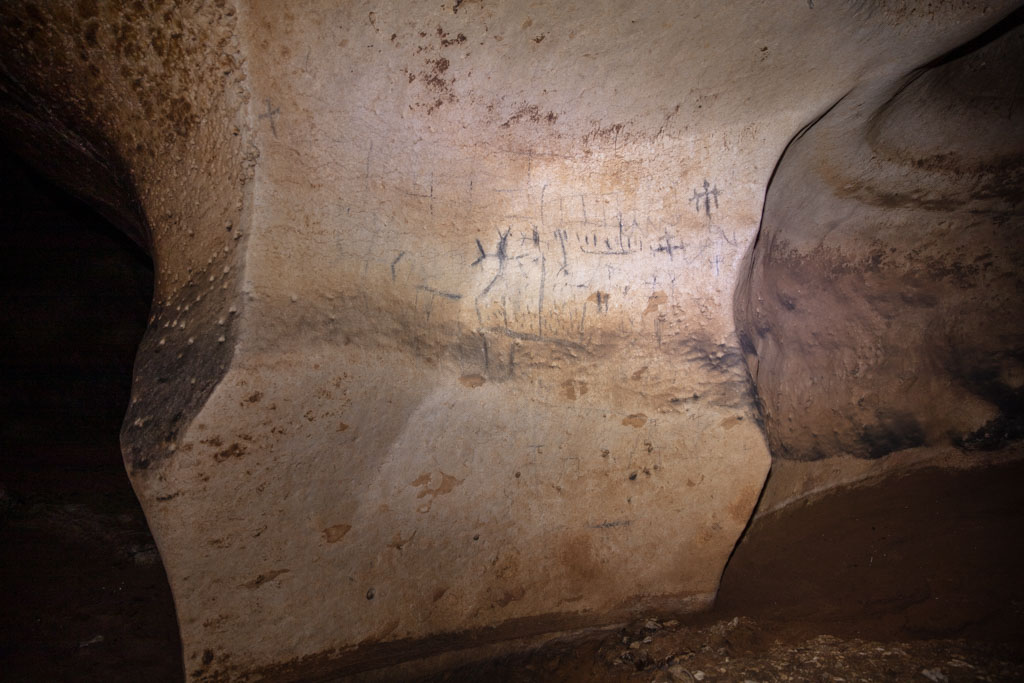
To the upper right of this panel, some type of geometric cross pattern can be found.
We continued on a bit further to the dead end of the sump before climbing our way back out of it again.
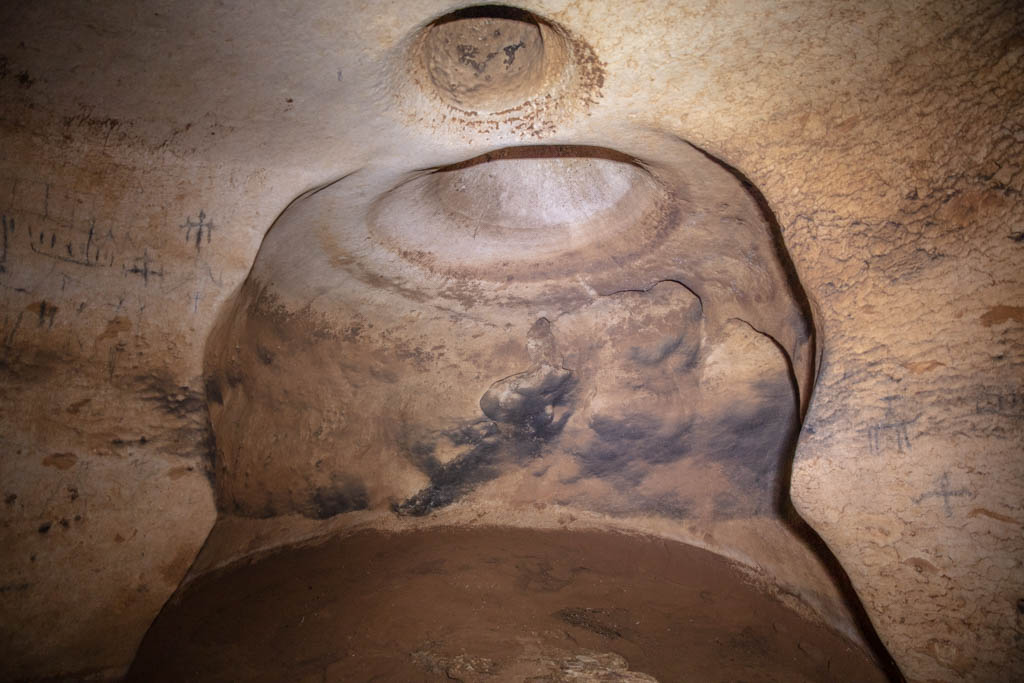
There was very clearly a path extending throughout Dahaisi Cave which makes it appear that this was an important site back in the day.
Paired with the sump chamber at the end of the cave network, Dahaisi Cave’s importance to the early humans who settled here on the Momi Plateau would be quite probable.
While there are no definitive dates to the age of these cave drawings in Dahaisi, the report suggests that they were likely drawn over four phases of time between the 1st century BC and the 15th century AD.

There’s a great report out on Dahaisi Cave that you can read here that includes a small map of the cave (unfortunately we didn’t have the map when we visited).
Also if you want to check out a small blog on the caves of Socotra go over to the Socotra Karst Project.
One warning I would like to include here for anyone wanting to visit Dahaisi Cave is that I could see that sump being partially to completely full of water after substantial rainfall on the Momi Plateau, so if this is the case I would recommend not entering the cave.
The path connecting the chambers of Dahaisi Cave was easy enough walking but we did run into some slippery sections the further we went in so be careful not to slip or trip over any rocks.
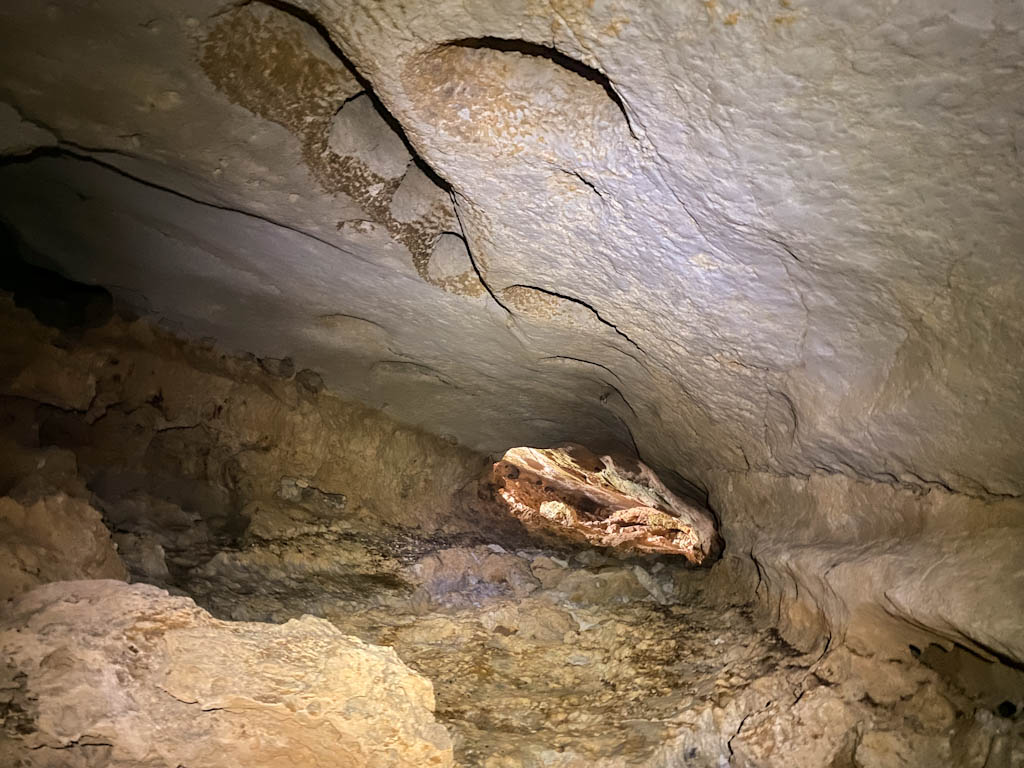
Returning to Homhil
Returning to daylight from our time spent exploring Dahaisi Cave we took a break and found a large spider (Nephila sumptuosa) clung to its web extending from one of the tree branches that help to hide the mouth of Dahaisi Cave from plain view.
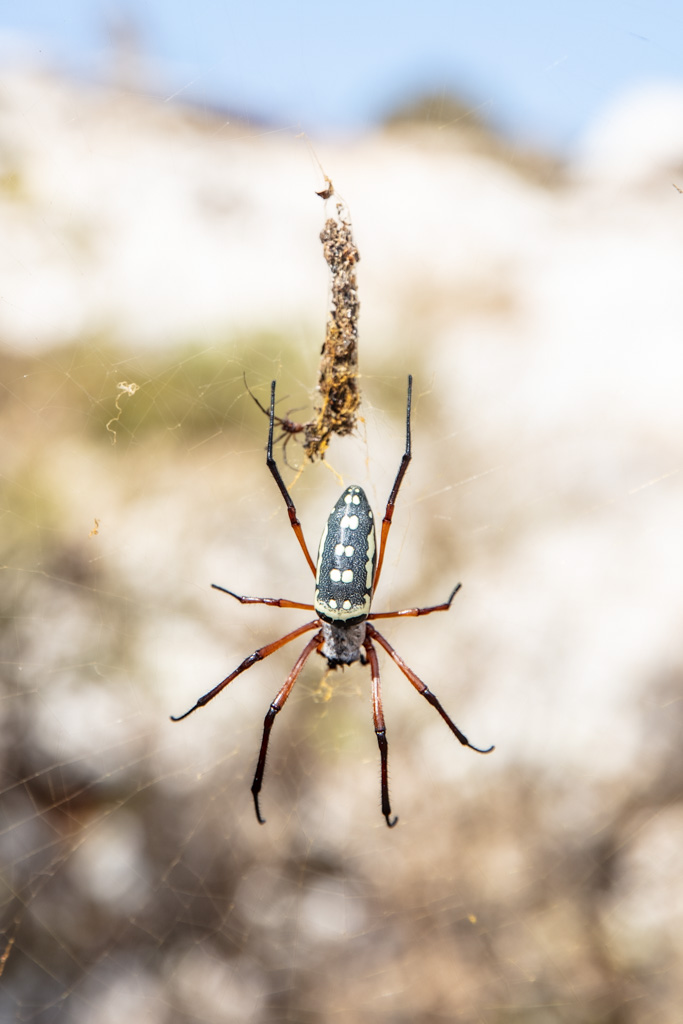
Getting back to Homhil we took the same route back across the flat-topped limestone plateau that marked the end of Momi Plateau and the beginning of Homhil. Of course, we paused for a while on top of the limestone plateau as there was a surprisingly good 3G signal up there.
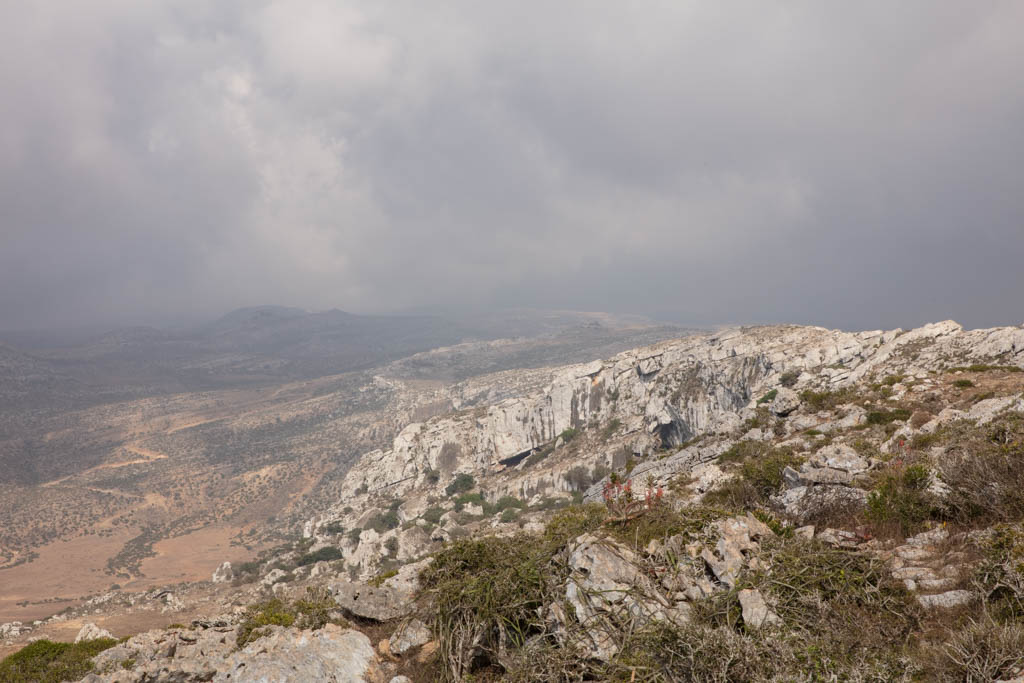
We again stopped by that date palm oasis for the guys to pray before we got back to the Hilux and dropped our guide off back at DiManudab (in case you’re wondering the local village guides that know the locations of certain landmarks such as Dahaisi Cave usually charge 20,000 YER- around $20 USD for their guiding services for shorter ventures such as this) before continuing to the main campsite in Homhil for the night.
Socotri Iftar Following a Day of Exploration

There’s a small settlement just a short walk to the east of the campsite where some of the locals that care for the campsite live.
They did end up coming over when they saw us pull up and chatted with us before inviting us to their home for Iftar (breaking of the fast at sunset during Ramadan) with the rest of their family.
A Socotri Iftar usually opens with glasses of Socotri-style qawa (Yemeni coffee mixed with dried ground ginger powder) and what everyone called Socotri tamar (Socotri dates) which more or less appears to be a plate full of dates mashed up. They usually serve the ubiquitous brick of syrupy dates that’s popular throughout the Arabian Peninsula at Ramadan.
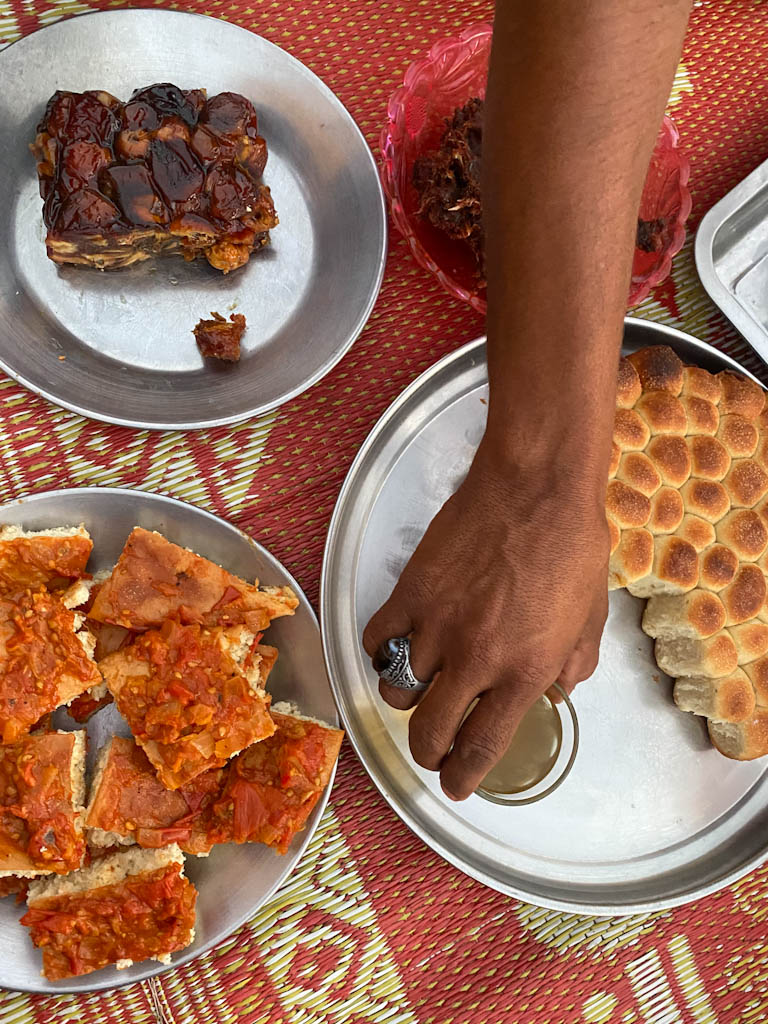
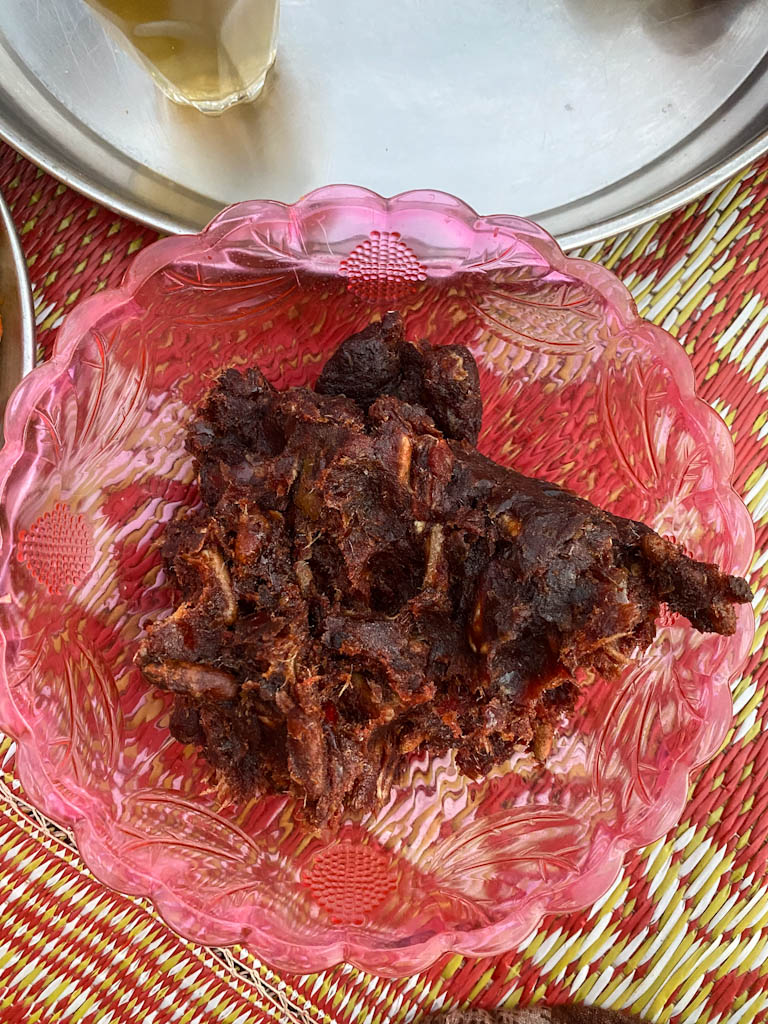
Next everyone usually moves on to bread, some savory with a marinara-style sauce atop while others are sweet, all paired with glasses of sweetened shai mixed with fresh goat milk and shurob (juice) come out.
Finally my favorite, the shorba comes out- a soup of curried oats, sometimes shreds of fish, and onion that usually has vinegar and a squirt of lime in it.
The main course typically is a giant plate of rice, white or spiced with curry powder. The perfect finale after finally reaching Dahaisi Cave.
Looking to Visit Socotra?
I have several departures planned for 2024, check out my Socotra Expedition itinerary or head on over to my new Socotra Tour company website Expedition Socotrana.
Have any questions about visiting Dahaisi Cave?
Ask in the comments section below.
